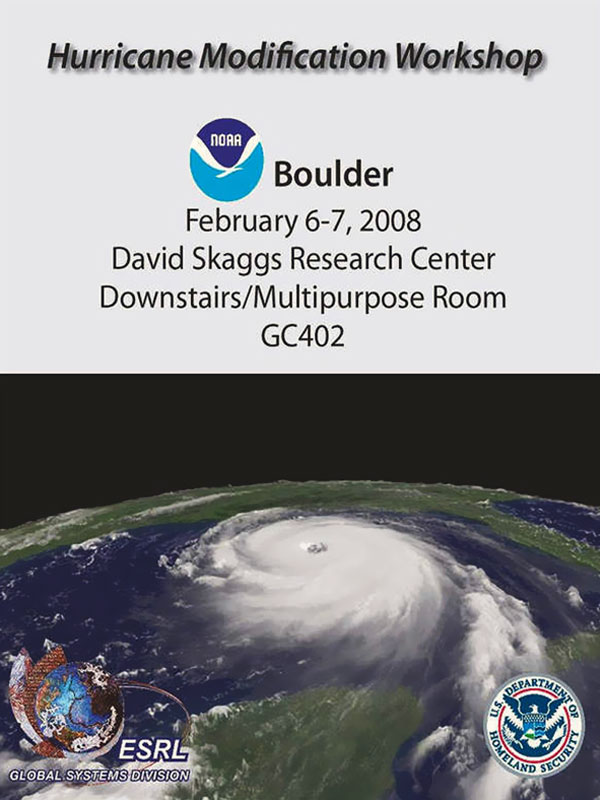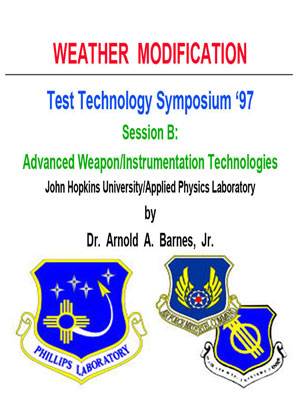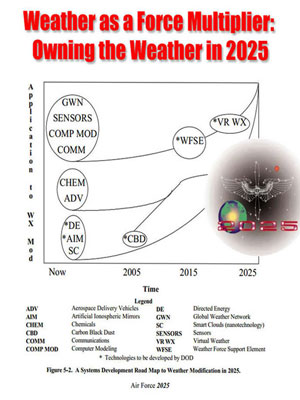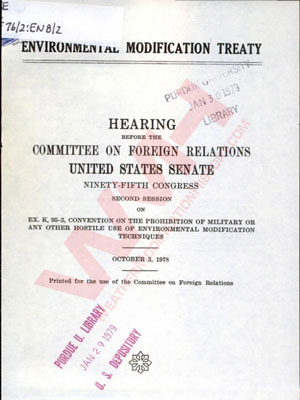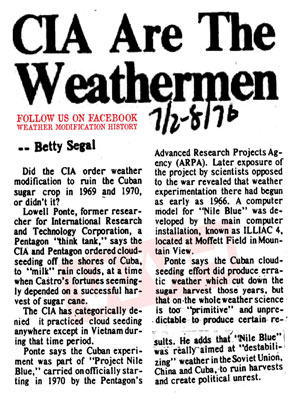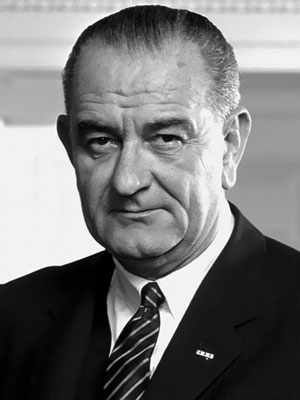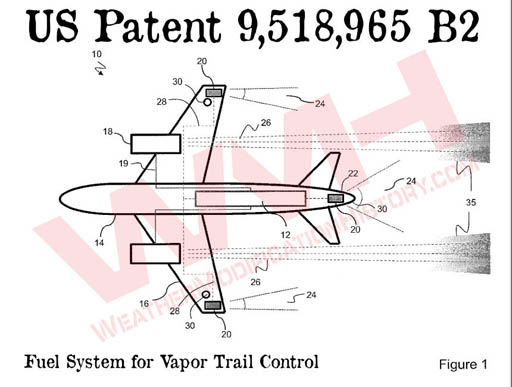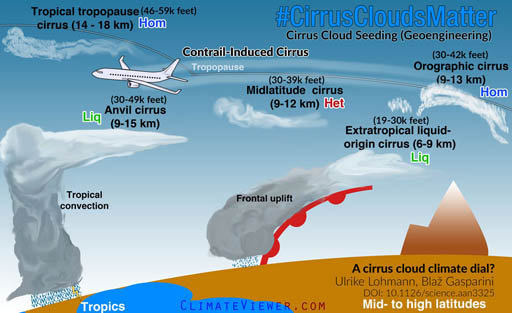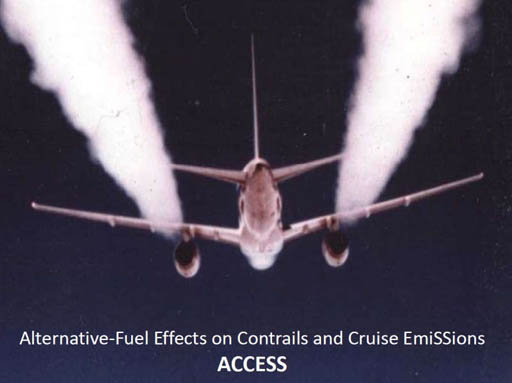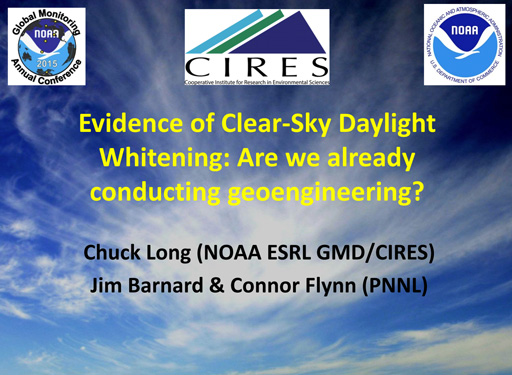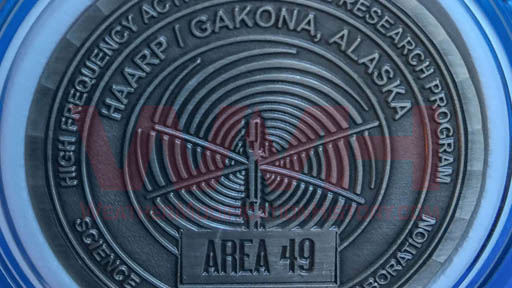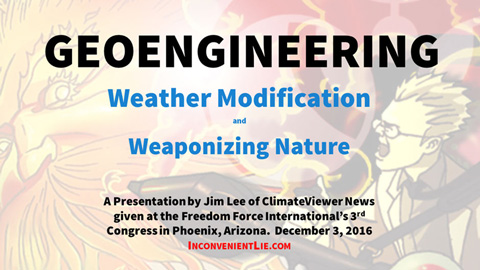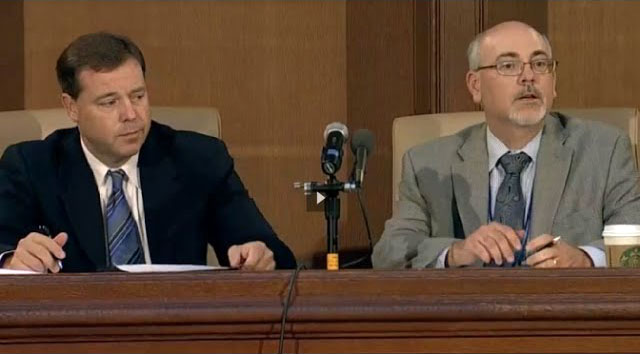References
“The detected metallic compounds were all internally mixed with the soot particles. The most abundant metals in the exhaust were Cr, Fe, Mo, Na, Ca and Al; V, Ba, Co, Cu, Ni, Pb, Mg, Mn, Si, Ti and Zr were also detected. “
ABUNDANT: Chromium, Iron, Molybdenum, Sodium, Calcium, and Aluminum. ALSO DETECTED: Vanadium, Barium, Cobalt, Copper, Nickel, Lead, Magnesium, Manganese, Silicon, Titanium, and Zirconium.
“Considering that some fraction of soot can effectively act as INP (Cozic et al., 2008) and that a dominant fraction of ice residuals in cirrus clouds contain metal compounds (Agrawal et al., 2008) the presented findings support the assumption that aircraft engine emissions can act as INP”
“Based on findings presented in the special report on aviation and the global atmosphere (IPCC, 1999) and IPCC AR4 WG1 (IPCC, 2007), Lee et al. (2009) divided the climate effects from aircraft PM on climate into three radiative forcing components: soot aerosols, linear condensation trails (contrails), and induced cirrus cloudiness, which are all believed to result in a warming. In addition, the emitted particles could act as Ice Nucleating Particles (INP) and affect natural clouds “
“Moreover, it has been found that some fraction of carboncontaining particles are efficient INPs (Cozic et al., 2008). Thus, aircraft emissions can lead to regionally increased INP concentration affecting natural cirrus clouds even in the absence of contrail formation (K€ archer et al., 2007), including changes in optical properties and delays of freezing onsets (Burkhardt and K€ archer, 2011). This is explained by additional heterogeneous INP inhibiting the homogeneous freezing of the background aerosol particles, due to the decreased water content available. The magnitude of this effect remains uncertain because it depends heavily on the icenucleating efficiency of the emitted soot particles and of the background aerosol particles which are not yet completely understood (Zhou and Penner, 2014). A study performed by Cziczo et al. (2013) tackling the properties of INP in the upper troposphere showed that a dominant fraction of Ice Residuals (IR) collected in cirrus clouds contain metal compounds such as sodium, potassium, copper, lead and iron. These compounds have also been found in aircraft emissions by sampling the exhaust (Agrawal et al., 2008). Also, Cziczo et al. (2009) showed that lead-containing mineral dust particles are efficient INP, as a consequence, lead- or metal containing particles might increase the INP number in the atmosphere. Thus, a thorough chemical characterization of single particles from fresh aircraft PM emissions provides information to study the link between aircraft emissions and ice formation processes in the atmosphere “
“Experimental studies on the ice nucleating ability of soot showed that larger particles generally are more efficient INP than smaller ones (DeMott, 1990; Diehl and Mitra, 1998). Thus, assuming that particles emitted by aircraft engines can act as INP, their efficiency probably also increases with increasing particle size. Because we sampled the largest particles with the ATOFMS, they can be considered the fraction that is likely to be the most important regarding the contribution of aircraft emissions to INP. “
“Barium was detected in kerosene and in oil. It is not supposed to be present in any engine parts."
“Particles containing metallic compounds were all internally mixed with the soot. The following compounds were detected in particles from all engines: Cr, Fe, Mo, Na, Ca, Al, V, Ba, Co, Cu, Ni, Pb, Mg, Mn, Si and Ti."
SOURCE: Abegglen, Manuel, et al. “Chemical characterization of freshly emitted particulate matter from aircraft exhaust using single particle mass spectrometry." Atmospheric Environment 134 (2016): 181-197.
- Aluminum, Barium, and Chemtrails Explained – JUST THE FACTS
- PHYSICAL AND CHEMICAL CHARACTERIZATION OF NON-VOLATILE AIRCRAFT ENGINE EXHAUST
- Chemical characterization of freshly emitted particulate matter from aircraft exhaust using single particle mass spectrometry
- NASA and DLR investigate the impact of aviation on the climate - joint flight tests on alternative fuel emissions
- NASA, DLR announce joint flight tests on biofuel emissions
- Is There a Potential for Precipitation Enhancement by Inducing Cumulus Invigoration by Seeding with Pollution-Sized Hygroscopic Aerosol?
- Black Carbon from Aircraft Exhaust is Destroying Ozone, Melting Poles
- FAA Scientist: We Want Clouds By Day, None By Night
- #CirrusCloudsMatter Geoengineering with Cirrus Cloud Seeding
- The History of Artificial Clouds: How to Geoengineer a Planet with Jet Fuel
The Environmental Modification Accountability Act #ENMODAA
https://climateviewer.com/enmod/
Geoengineering, Climate Engineering, and Climate Intervention
FAQ https://climateviewer.com/geoengineering/
Articles https://climateviewer.com/categories/geoengineering/
HAARP and the Sky Heaters
FAQ https://climateviewer.com/space-weather-modification/
Articles https://climateviewer.com/tags/ionospheric-heater/






